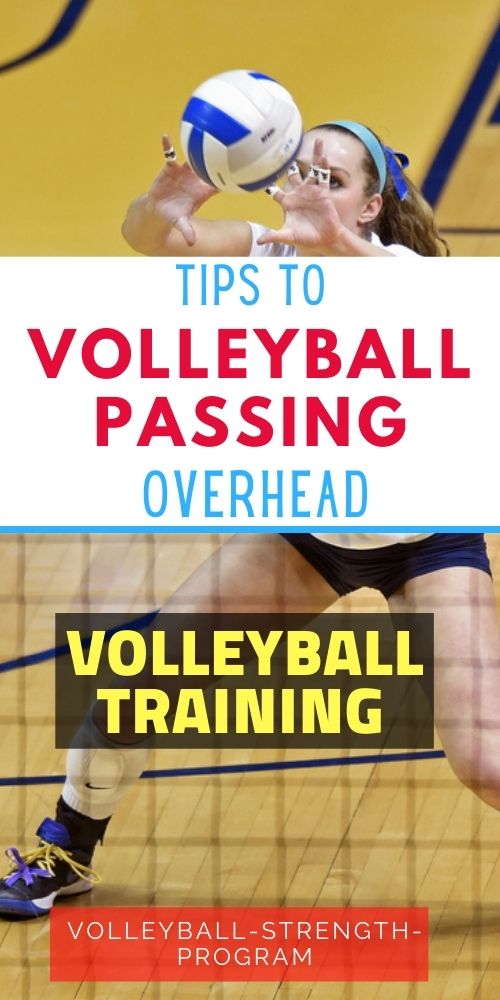Volleyball Passing
Tips for forearm and overhead passes
Volleyball passing is important for running a success offense.
The two types of passes are the forearm pass and the overhead pass.
When it comes to passing, forearm passing is the main technique used in volleyball.
The forearm pass is the act of controlling the ball in such a way that it's directed to the setter.
The setter needs an accurate pass in order to set an attacker.
When preparing to make a forearm pass, the player first moves to intercept the ball.
Ready Position for Volleyball
The following are important cues for the ready position...
- Start with hands in front of knees.
- Stand with knees slightly bend, in an athletic position ready to move.
- Focus on reading the serve and be ready to move to where the ball is going.
Tips for volleyball passing....
- Beat the ball to the spot. You must get your feet to the spot in time. If the feet are late, you can't get in position to pass.
- Start with arms out in front of the body. Get the platform out early. Don't swing the arms when passing.
- Don't bend the elbows. Get the platform flat and freeze as the forearms make contact with the ball.
If you enjoyed these tips and would like to keep it close to you at any time, just save this pin to your Pinterest Volleyball Training Board.
Inline Volleyball Passing
Passing the ball inline means the
passer tries to get directly behind the ball. The player tries to stay
between the ball and the target.
This will involve moving sideways if the ball is coming to the players side.
The inline technique is used mainly for easy balls.
Passing Volleyball Drills
Offline Passing
Offline passing is the technique used for playing balls to the side of the body.
When passing offline, the player lowers the front shoulder to help angle the ball to the target.
Offline passing is mainly used for balls traveling deep into the court.
It's important to note that a ball hit directly at a player can be taken offline.
Passing offline has an advantage over overhead passing in that when a
player is skilled at taking balls offline, any deep ball can be played
offline and overhead passing with the hands isn't necessary.
Overhead Passing
Overhead passing has become a popular way of passing the ball to the setter.
Overhead passing has both advantages and disadvantages.
A big advantage is that overhead passing is more accurate. The disadvantage is
consistency. It's harder to get in position to overhead set so often overhead
passes are executed poorly.
For example, if the ball is served
short and the passer must come running in to pass the ball, the overhead
pass is difficult if not
impossible to execute. Also, balls served low and fast are difficult to
get under to overhead
pass. Balls served to the side of
players are also difficult to overhead pass.
Often players that haven't developed good forearm passing skills will rely more
on overhead passing. So it's usually best to focus on learning to forearm pass in the beginning. Save the overhead
volleyball passing skill for easy free balls.
Volleyball › Volleyball Techniques › Volleyball Passing
ACCESS MY STRENGTH SECRETS





